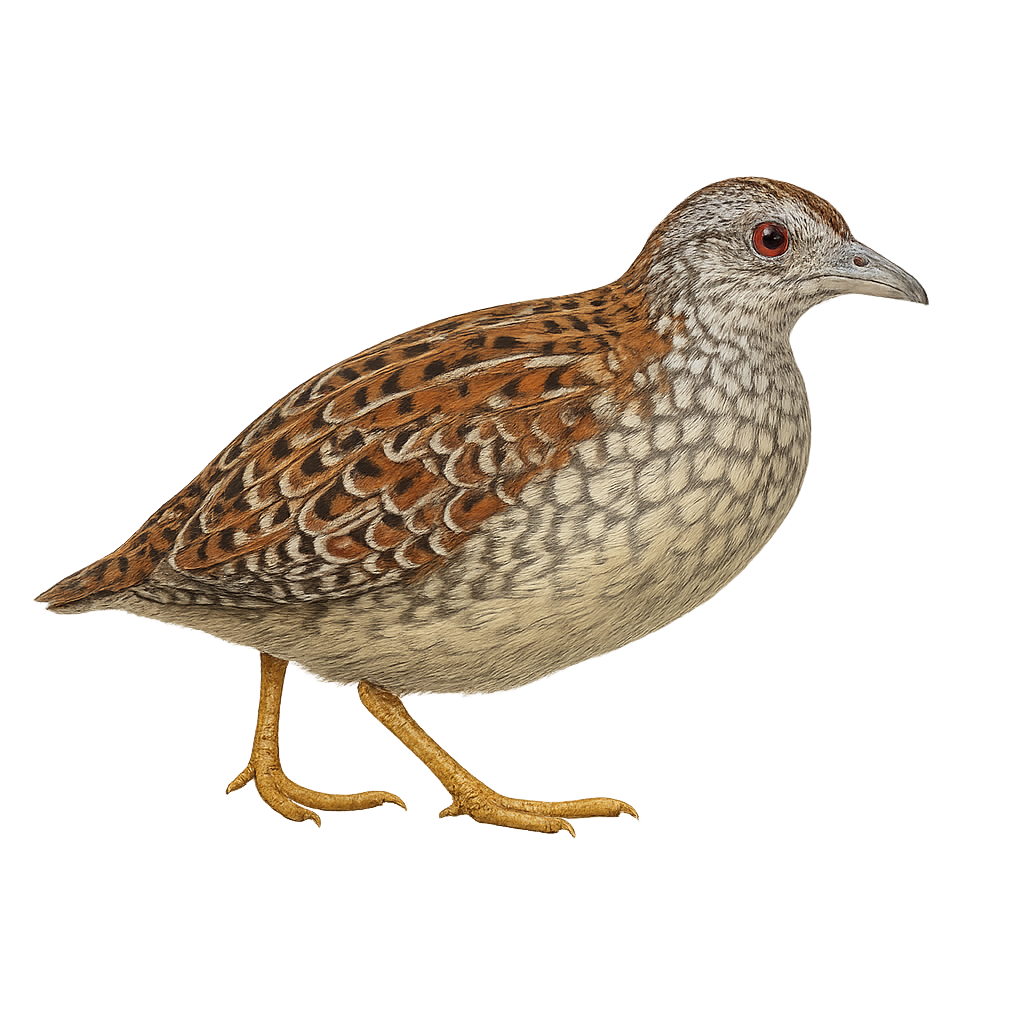Your wildlife photography guide.
Explore the everett's buttonquail in detail, study its behavior, prepare your shots.
Where to observe and photograph the everett's buttonquail in the wild
Learn where and when to spot the everett's buttonquail in the wild, how to identify the species based on distinctive features, and what natural environments it inhabits. The WildlifePhotographer app offers tailored photography tips that reflect the everett's buttonquail’s behavior, helping you capture better wildlife images. Explore the full species profile for key information including description, habitat, active periods, and approach techniques.
Everett's Buttonquail
Scientific name: Turnix everetti

IUCN Status: Near Threatened
Family: TURNICIDAE
Group: Birds
Sensitivity to human approach: Suspicious
Minimum approach distance: 10 m
Courtship display: May to June
Incubation: 15-18 jours
Hatchings: May to July
Habitat:
Grasslands, savannas, open forests
Activity period :
Primarily active during the day, with peak activity in the morning and late afternoon.
Identification and description:
The Everett's Buttonquail is a small, ground-dwelling bird belonging to the family Turnicidae. It is primarily found in the open grasslands and savannas of the Philippines. This bird is characterized by its mottled brown plumage, which provides excellent camouflage in its natural habitat. The Everett's Buttonquail is a secretive bird, often difficult to spot due to its shy nature and elusive behavior. It feeds mainly on seeds and insects, which it finds by scratching the ground. Its breeding season is not well-documented but is believed to be influenced by local climatic conditions.
Recommended lens:
400 mm – adjust based on distance, desired framing (portrait or habitat), and approach conditions.
Photography tips:
To photograph the Everett's Buttonquail, it is advisable to use a telephoto lens of at least 400mm to capture detailed images without disturbing the bird. Approach slowly and discreetly, maintaining a distance of at least 10 meters to avoid startling it. Look for open areas in grasslands or savannas where the bird might be foraging. Morning or afternoon light is ideal for obtaining well-lit and contrasted photos.
The WildlifePhotographer App is coming soon!
Be the first to explore the best nature spots, track rutting seasons, log your observations, and observe more wildlife.
Already 1 439 wildlife lovers subscribed worldwide

